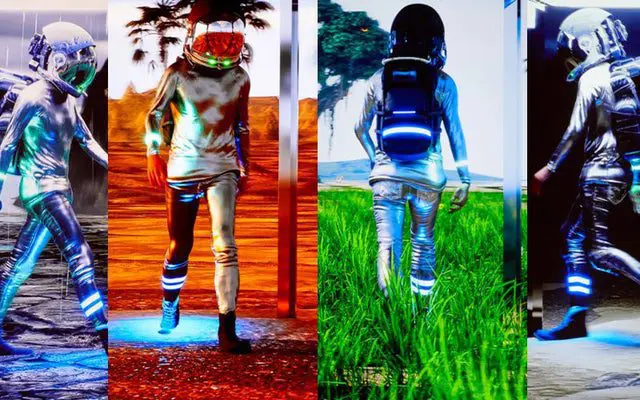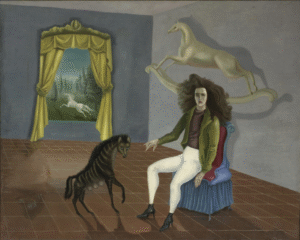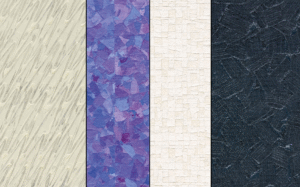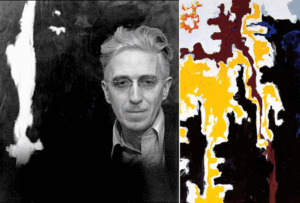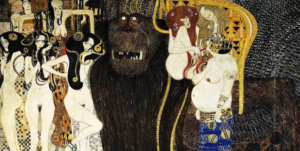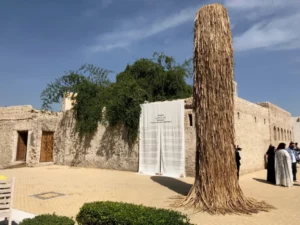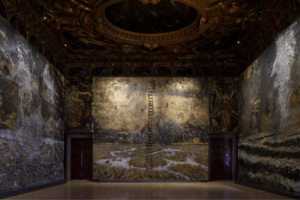Thanks to the incorruptible power of blockchain technology, we have decentralized digital ledgers that have opened a world of possibilities for digital art. While the digital marketplace gave us a new way to conduct transactions through cryptocurrencies, it also evolved and created a method for representing and managing the ownership of digital assets. The future of digital art is here, and it’s called “non-fungible tokens” or “NFTs.”
But what are NFTs exactly? How do I create and sell NFT art? Is the future of NFT art so bright that I will regret not getting on board now? How does the crypto art movement impact the traditional art world? We take a look at the current state of NFT art, its history, and its potential.
What is NFT art?
NFTs are digital representations of unique assets that can be used to represent ownership. Think of them as digital fingerprints for physical collectibles. Specific information, including your signature, can be stored in the NFT’s metadata. NFT art can be any form of art that’s in digital form. It can be artwork, music, sound effects, video, a GIF, or a combination of all these. Even memes can become NFTs.
One of the most identifiable forms of crypto asset is Bitcoin, which is a fungible token. Because NFTs are non-fungible, they are entirely unique and cannot be swapped for interchangeable tokens. What differentiates the NFT art marketplace from traditional art sales is that it doesn’t involve the buying and selling of physical items. As a digital item, the NFT will exist in a digital wallet on a specific blockchain.
As an artist, you can use NFT as a tool to authenticate your work and gain more control over ownership. And when you sell your NFT art, you’re essentially giving the new owner the property rights to the original copy through certification. What makes NFTs interesting is that you can program in royalties so that you receive a percentage of the sales upon each future sale in the secondary market.
History of NFT art
NFT’s history dates to 2012 when we were first introduced to the concept of using the blockchain for digital assets through Colored Coins. By 2014, we were introduced to Counterparty, which provided users with a way to create their own tradable assets. The idea gained transaction and in 2017, Cryptopunks, Cryptokitties, and Decentraland contributed to the crypto art movement to show how the blockchain provided a secure space for tradable collectibles that made counterfeiting impossible. Ethereum (ETH) became the first blockchain to support NFTs and token standards were introduced.2021 is believed to be the year that NFTs became mainstream as prestigious centuries-old auction houses like Christie’s and Sotheby’s began selling NFT art. The metaverse recognized the surge in demand for NFTs and other blockchains began exploring their own versions of NFTs.

How to create NFT art
If you have artwork in digital form that you want to officially make it into a commodity that you can sell on the NFT marketplace, you have to start with the process called “minting.” Minting in the NFT world means taking a digital asset and converting it into a digital asset stored on the blockchain. The digital asset can be any file, such as an image or video, that you created electronically. Once the asset has been minted, it cannot be modified, edited, or deleted.
For now, the most recognized blockchain for NFTs is Ethereum (ETH). There are other blockchains that support NFTs such as Solana, Polygon, Tezos, and Binance Smart Chain. Before choosing a blockchain, you should consider factors like the transaction fees and types of cryptocurrencies your target buyers own.
To kick off the minting process, sign up for a crypto wallet and load it with supported crypto. When you create an NFT, you may have to pay transaction, registration, and contract approval fees. The different NFT marketplaces will have different interfaces for creating an NFT. Basically, you’ll have to connect your wallet on your chosen NFT marketplace, such as OpenSea or other digital marketplaces, and upload your art to create or “mint” your NFT. Some platforms require you to upload format-specific NFTs.
The current state of NFT art
According to Markets Insider, the marketplace for NFTs reached a $41 billion value by the end of 2021 based on metrics by a NFT market report by Chainalysis. By comparison, that’s a few billion dollars shy of the traditional art market’s value, which the Art Basel and UBS Art Market Report recorded to have reached $50 billion in 2020. Other reports show the NFT art market hit $22 billion. While the estimates differ, there’s no denying that NFT art sales have surged beyond expectation. Traditional auction houses like Sotheby’s and Christie’s, having recognized the market’s potential early on, have already sold millions of dollars’ worth of NFTs.The first ever minted NFT was Kevin McCoy’s Quantum, which sold for $1.47 million in 2021 at a Sotheby’s auction. It was minted in May 2014. Interestingly, the buyer of Quantum also sold an NFT from his own collection during the same auction for $11.8 million.
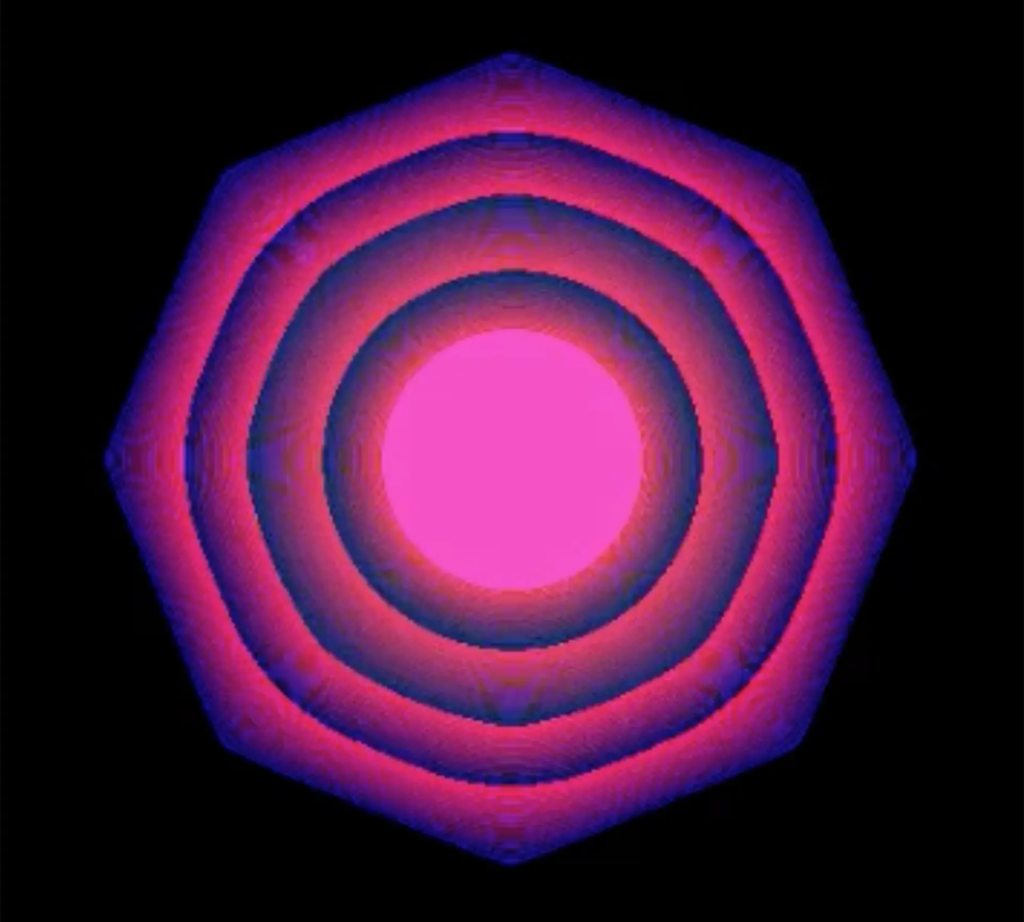
Today, we see how the crypto art market has exploded with its multi-million transactions. Some of the most expensive NFTs include Julian Assange and Pak’s Clock NFT, which sold for $52.7 million or 16,953 ETH. To date, the most expensive NFT sale is Beeple’s Everydays: The First 5000 Day, which realized an astonishing price of $69,346,250 or 38, 525 ETH at a Christie’s online auction. The 21,069 x 21,069 px NFT was minted on February 16th, 2021. Beeple also holds the title for the third most expensive NFT sale with Human One, which achieved $28,985,000 at a Christie’s auction. Human One is Beeple’s first-ever physical piece and both the electronic sculpture and the NFT sold as a single lot.
Where do we go from here? The Future of NFT Art
In the digital age, art has become almost synonymous with technology. Online art communities and social media platforms have made it easier than ever for artists to connect and share their work with audiences around the world.
The digital revolution has also enabled artists to explore new forms of expression and presentation. As a result, online art has evolved from static images and text to include video, 3D models and virtual reality (VR) experiences. With the surge in demand for NFTs, we recognize even more that art and technology have an undeniable and evolving relationship. And we expect to see the rise of new digital art experiences minted as NFTs.
Another aspect of NFTs that has people buzzing is NFT fractionalization which allows more small and medium investors to participate in NFT auctions. Fractional NFTs allow people to invest a comparatively small amount to gain fractional ownership of high-valued assets they can’t afford as a whole. For emerging artists, fractionalization offers opportunities to break up your NFT into multiple fractionalized NFT (F-NFTs) which can be sold quicker to investors that can’t afford high-priced and high-valued items.
While NFTs’ mainstream impact is relatively recent, experts predict that the movement is more than a passing fad and will benefit artists and collectors going forward. With greater democratization of art comes increased diversity and representation. Because blockchain transactions remove the need for third-party mediation, buyers can support their favorite artists directly. This means more creative freedom and independence for artists who no longer need to concede to traditional business models.
The art world has already embraced the new digital era, with thousands of artists and art buyers creating their own original digital artwork. NFT art is important because it gives artists and owners power and control. NFTs are indestructible; invisible yet verifiable. Most importantly, NFTs guarantee absolute ownership. Do you think you’ll be minting any of your digital artwork as an NFT or investing in NFT art anytime soon?

